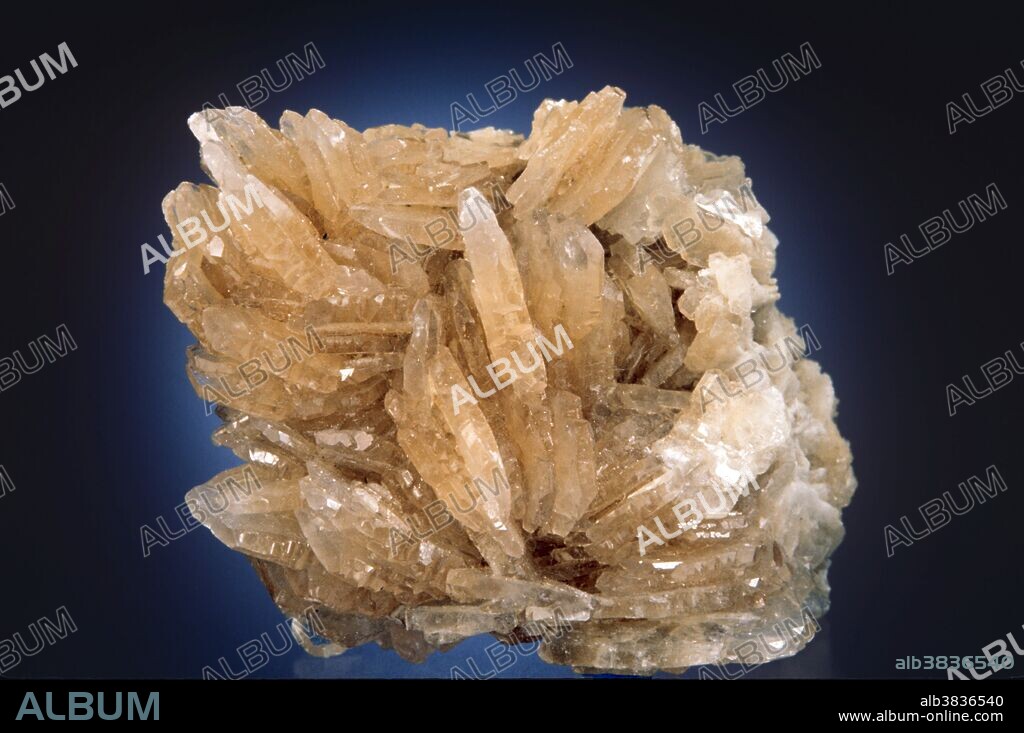alb3836540
barite

|
Zu einem anderen Lightbox hinzufügen |
|
Zu einem anderen Lightbox hinzufügen |



Haben Sie bereits ein Konto? Anmelden
Sie haben kein Konto? Registrieren
Dieses Bild kaufen.
Nutzung auswählen:

Titel:
barite
Untertitel:
Siehe automatische Übersetzung
Barite is a mineral consisting of barium sulfate. It is generally white or colorless, and is the main source of barium. Barite occurs in a large number of depositional environments, and is deposited through a large number of processes including biogenic, hydrothermal, and evaporation, among others. Baryte commonly occurs in lead-zinc veins in limestones, in hot spring deposits, and with hematite ore. It is often associated with the minerals anglesite and celestine. It has also been identified in meteorites. 77% of barite worldwide is used as a weighting agent for drilling fluids in oil and gas exploration to suppress high formation pressures and prevent blowouts. Other uses are in added-value applications which include filler in paint and plastics, sound reduction in engine compartments, coat of automobile finishes for smoothness and corrosion resistance, friction products for automobiles and trucks, radiation-shielding cement, glass ceramics and medical applications (for example, a barium meal before a contrast CAT scan). Historically baryte was used for the production of barium hydroxide for sugar refining, and as a white pigment for textiles, paper, and paint. Although baryte contains a "heavy" metal (barium), it is not a toxic chemical because of its extreme insolubility. It is also sometimes used as gemstone.
Bildnachweis:
Album / Science Source / Charles D. Winters
Freigaben (Releases):
Model: Nein - Eigentum: Nein
Rechtefragen?
Rechtefragen?
Bildgröße:
5456 x 3622 px | 56.5 MB
Druckgröße:
46.2 x 30.7 cm | 18.2 x 12.1 in (300 dpi)
 Pinterest
Pinterest Twitter
Twitter Facebook
Facebook Link kopieren
Link kopieren Email
Email
